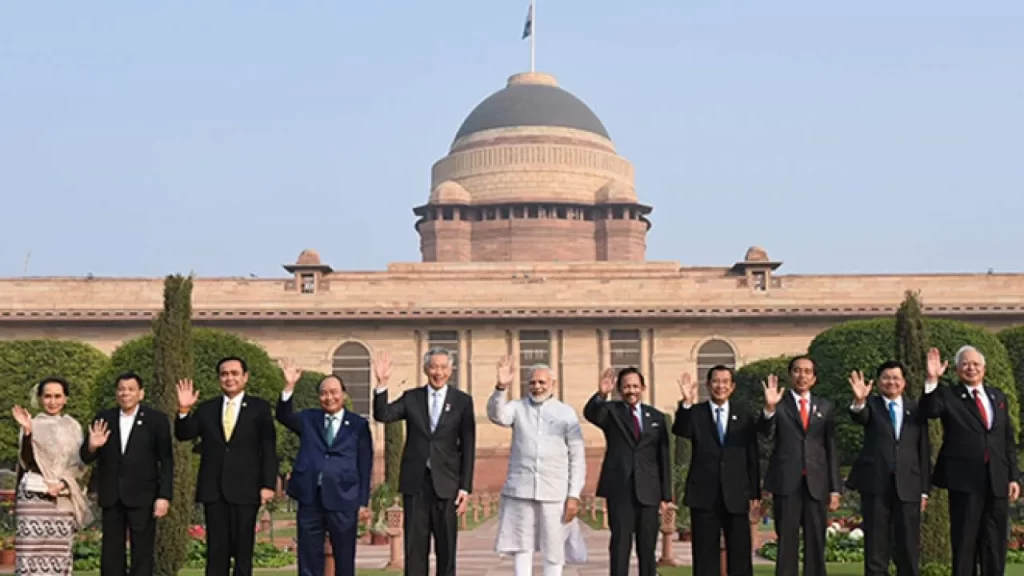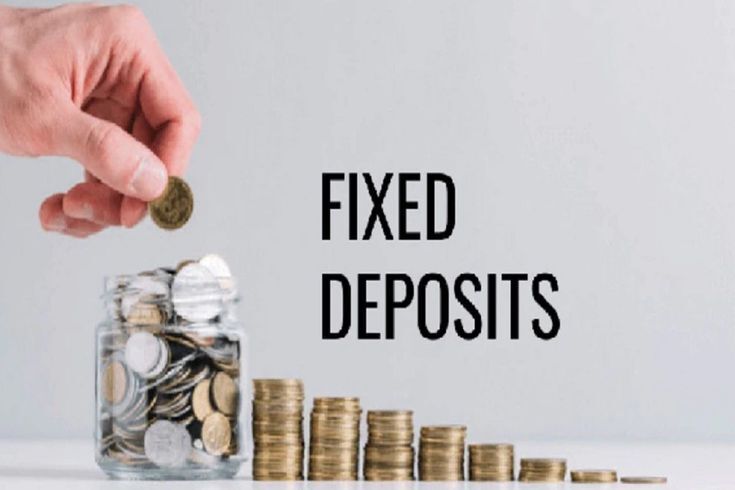It’s possible that the period of growing fixed deposit (FD) rates is coming to an end, and the removal of 2000 rupee notes from circulation is seen to be a key contributing cause. According to a number of macroeconomic indices, the current cycle of interest rate rises is about to reach its top for FD interest rates.
Investors who intend to invest in fixed deposits should take this change into consideration and modify their investment strategy appropriately, according to Amit Gupta, MD, SAG Infotech.

According to Vinit Khandare, CEO and Founder of MyFundBazaar, “interest rates may drop, especially at the shorter end of the curve,” if the financial industry gets an excess of liquidity in the upcoming months.
Over the next six months, it is anticipated that FD rates will stay low
The removal of the 2000 notes and the easing of inflationary circumstances are the two key causes of the subdued FD rates, according to Professor Vijay Victor, Assistant Professor & Co-Chair – Accounting, Economics and Finance, T A Pai Management Institute.
The banking system’s deposit base is anticipated to increase during the following three to four months as a consequence of about 30% of the withdrawn notes being restored as deposits. There is no need for the banks to raise the rates in order to draw in new deposits if a portion of these deposits stays with them for at least a few months. Professor Vijay Victor continued, “The most recent inflation statistics, with a rate of 4.7% in April, also signals a probable finish to the current cycle of rate rises.
Historically, banks have increased interest rates on fixed deposits when they have trouble obtaining cash to satisfy lending demand. According to Amit Gupta, the overnight call money rate, which has steadied, indicates that the liquidity situation in banks appears to be improving.
Market expectations have also been impacted by the US Federal Reserve’s signals of a potential pause in rate rises and perhaps a rate decrease.
The drop in retail inflation and the change in the yield curve to the downside are other contributing variables. Long-term FD rates are likely to be steady over the coming few months, while short- to medium-term FD rates are anticipated to drop.
Do you intend to invest in short- to medium-term FDs? Stop waiting. Act right away!
Khandara advised anyone seeking to invest in short- to medium-term fixed-income securities to think about making their deposits as soon as possible. However, individuals thinking about long-term FDs have more time to decide as rates are anticipated to stay stable for the next three to six months.
“FD rates have largely grown during the past year for tenures up to three years. The increase in long-term FD rates has been more gradual. If you want to book your FD for a long period of time, you may have more time to decide as these prices are predicted to remain at their present level for 3-6 months. However, if you are going to opt for short- to medium-term FDs with a duration of up to 3 years, it will be wise to take advantage of the current high rates and book your FDs as soon as possible because there is a bigger probability that rates will decline in such FDs’, said Abhijit Roy, CEO, GoldenPi.
MUST READ – India’s Transition To EVs Provides A Second Opportunity for Foreign Automakers.
“FD rates in India have unquestionably reached their peak and can only go down from here.” All signs point in this direction, according to Vidyashilp University’s program chair and professor of economics, Dr. Radhika Lobo.
Indians who have chosen FDs as a safe haven are therefore urged to take advantage of the current rates while they still exist.
For the second day in a row, RBI leaves the repo rate unchanged.
On June 8, the Reserve Bank of India (RBI) maintained the repo rate at 6.5 percent. The central bank has increased interest rates six times since May 2022, and today is the second consecutive time it has opted to leave the important benchmark policy rate steady. With a change in the repo rate, the interest rates on fixed deposits and other savings plans are adjusted.



